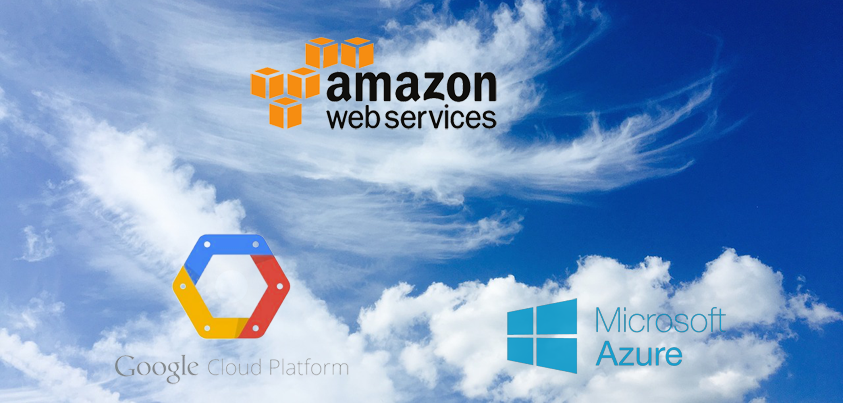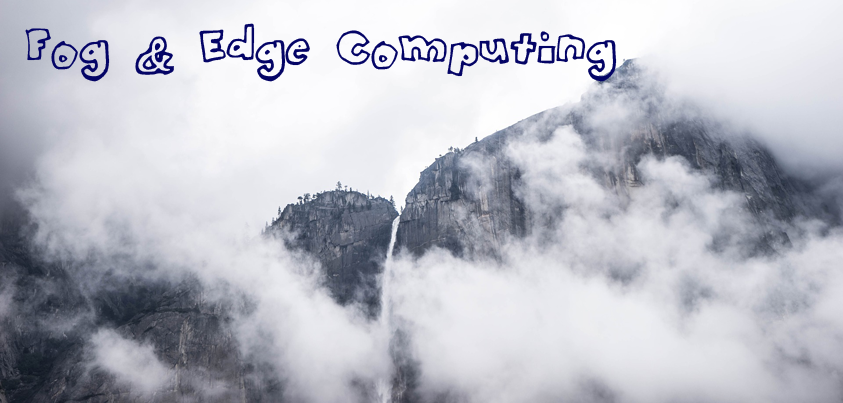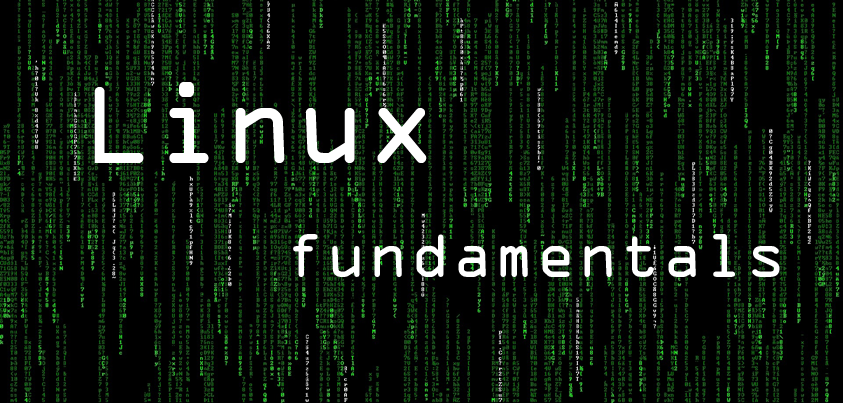Cloud computing is a new form of Internet-based computing that provides shared computer processing resources and data to computers and other devices on demand. It is a model for enabling ubiquitous, on-demand access to a shared pool of configurable computing resources (e.g., computer networks, servers, storage, applications and services), which can be rapidly provisioned and released with minimal management effort. Basically, Cloud computing allows the users and enterprises with various capabilities to store and process their data in either privately owned cloud , or on a third-party server in order to make data accessing mechanisms much more easy and reliable. Data centers that may be located far from the user–ranging in distance from across a city to across the world. Cloud computing relies on sharing of resources to achieve coherence and economy of scale, similar to a utility (like the electricity grid) over an electricity network.
Companies offering these computing services are called cloud providers and typically charge for cloud computing services based on usage. (and even sometimes free).
Popular online service such as: send email, edit documents, watch movies or TV, listen to music, play games or store pictures and other files.
Read more about our Cloud Computing hands on course here:
http://www.tracston.com/cloud.html
Posts published in “Cloud”
What is Fog Computing ?
- Fog computing or fog networking, also known as fogging.
- Architecture that uses one or more collaborative end-user clients or near-user edge devices.
- Carry out a substantial amount of storage (rather than stored primarily in cloud data centers), communication (rather than routed over the internet backbone), control, configuration, measurement and management (rather than controlled primarily by network gateways such as those in the Cellular network.
- Eliminae bandwidth bottlenecks and latency Issues
- Edge computingis a method of optimizingcloud computing systems by performing data processing at the edge of the network near the source of the data.
- Reduces the communications bandwidth needed between sensors and the central datacenter by performing analytics and knowledge generation at or near the source of the data.
- This approach requires leveraging resources that may not be continuously connected to a network such as laptops, smartphones, tablets and sensors.
- Edge Computing covers a wide range of technologies including wireless sensor networks, mobile data acquisition, mobile signature analysis, cooperative distributed peer-to-peer and more.
- The key difference between the two architectures is exactly where that intelligence and computing power is placed.
- Fog computing pushes intelligence down to the local area network level of network architecture, processing data in a fog node or IoT gateway.
- Edge computing pushes the intelligence, processing power and communication capabilities of an edge gateway or appliance directly into devices like programmable automation controllers (PACs).
Tracston's team is proud to present our new course "Linux Fundamentals & Troubleshooting"
Linux is the best-known and most-used open source operating system. Companies and individuals choose Linux for their servers because it is secure and free. Many of the devices you own probably, such as Android phones, digital storage devices, personal video recorders, cameras, wearables, and more, also run Linux. Even your car has Linux running under the hood.
Read more about our Linux Fundamentals course here:
http://www.tracston.com/linux.html



